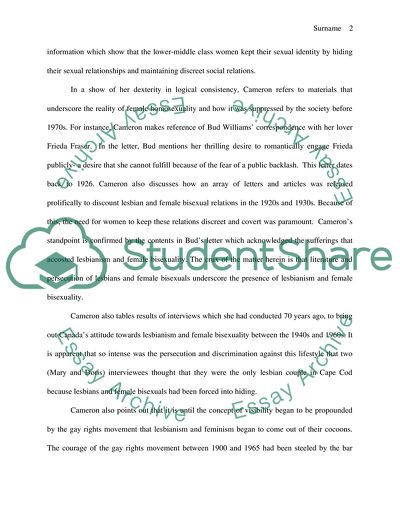Cite this document
(Awfully Devoted Women: Lesbian Lives in Canada by Cameron Duder Book Report/Review, n.d.)
Awfully Devoted Women: Lesbian Lives in Canada by Cameron Duder Book Report/Review. Retrieved from https://studentshare.org/history/1783590-history-book-review
Awfully Devoted Women: Lesbian Lives in Canada by Cameron Duder Book Report/Review. Retrieved from https://studentshare.org/history/1783590-history-book-review
(Awfully Devoted Women: Lesbian Lives in Canada by Cameron Duder Book Report/Review)
Awfully Devoted Women: Lesbian Lives in Canada by Cameron Duder Book Report/Review. https://studentshare.org/history/1783590-history-book-review.
Awfully Devoted Women: Lesbian Lives in Canada by Cameron Duder Book Report/Review. https://studentshare.org/history/1783590-history-book-review.
“Awfully Devoted Women: Lesbian Lives in Canada by Cameron Duder Book Report/Review”, n.d. https://studentshare.org/history/1783590-history-book-review.


